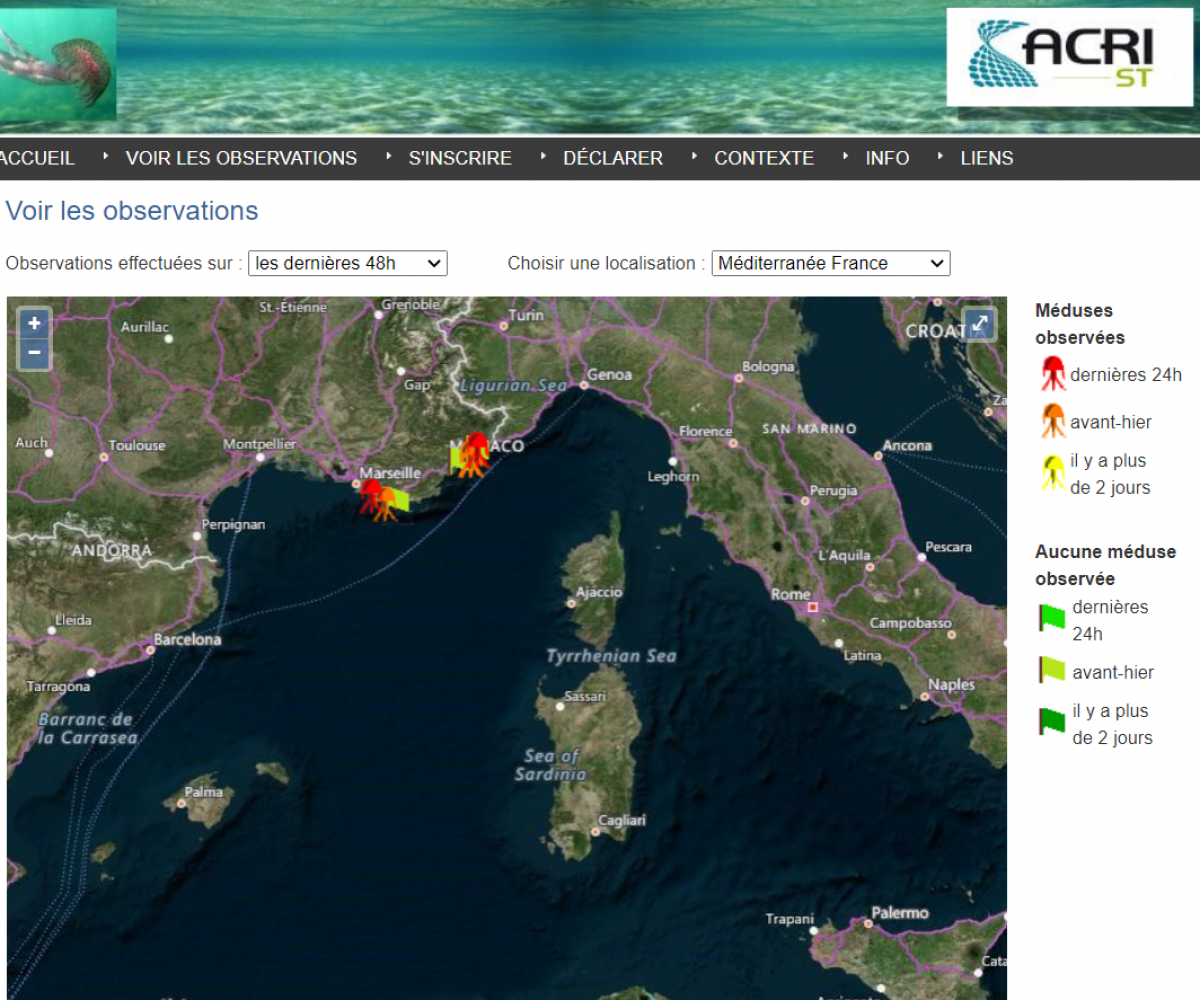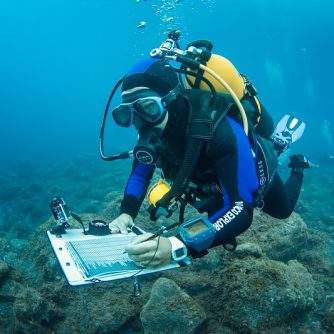Jellyfish, the new kings of the ocean
- Home
- Actualités
- Jellyfish, the new kings of the ocean
The gelling of the oceans, myth or reality?
Increasingly numerous in the world’s oceans, jellyfish, an animal that is both fragile and fearsome, could take over from fish and seriously threaten the already damaged marine balance. Robert Calcagno, Director General of the Oceanographic Institute, and Jacqueline Goy, Scientific Attaché at the Oceanographic Institute, decipher this disturbing phenomenon during a lecture given on 14 May 2014 at the Maison des océans in Paris. Nassera Zaïd reports on the event.
What do we really know about jellyfish?
Often associated with the pain of their stings, jellyfish are “gelatinous organisms that have always fascinated the public and scientists,” introduces Robert Calcagno. Nearly 1,000 species have been identified, including the Pelagia noctiluca, which is very common in the Mediterranean.
Jellyfish come in a variety of shapes and sizes ranging from a few millimetres to over two metres in diameter. 98% of their body is made up of water, formed by a bulging part (the umbrella), where the mouth and the reproductive organs (or gonads) are located, which can be observed through transparency.
All around, a series of tentacles with stinging cells are used to harpoon prey. Their sting is paralyzing, even deadly as for the jellyfish Chironex fleckeri which lives along the Australian coast.
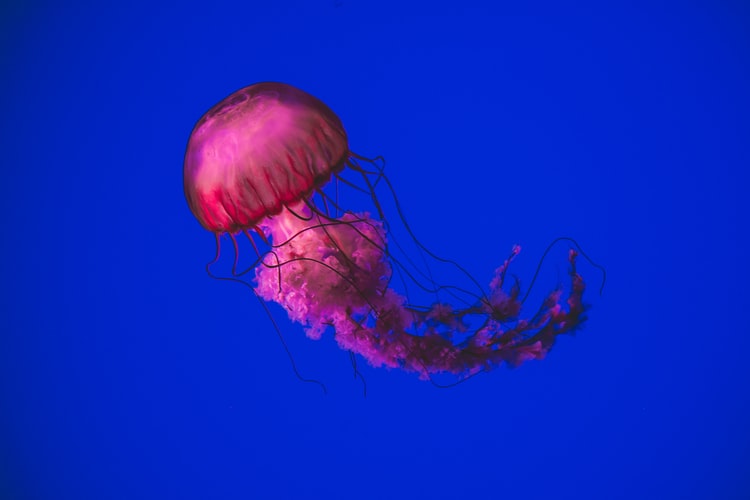
Jellyfish, a predatory instinct?
“Jellyfish are constantly eating to reproduce,” explains Jacqueline Goy, who has been studying cnidarians for thirty years.
Fertilized in the water, each egg produces a larva, the planula, which will settle on the bottom and develop a polyp which will itself multiply by budding to give rise to a colony of jellyfish.
Hunting is a necessity, hence its predatory instinct. Despite this, “jellyfish are very fragile animals. It is an animal that is not protected. They don’t have a shell like mollusks, nor do they have a test like sea urchins. A particular morphology which makes one think of “a drop of water in the sea, moving with the currents”, describes the specialist.
However, this physical vulnerability does not rule out the danger feared by scientists: its mass reproduction.

Chronicle of an invasion announced?
“Jellyfish are currently overtaking all other marine organisms and becoming dominant in the seas,” says Jacqueline Goy.
A growing proliferation which for several years has taken on the appearance of uncontrollable colonization.
Previously, there were pullulation cycles every twelve years,” explains Robert Calcagno. We even used to talk about ‘jellyfish years’. But since the 1980s, and especially since the 2000s, all years are jellyfish years. We could even say: there are no more years without jellyfish.
The main reason for this change is the impact of human activities on the oceans. First and foremost, overfishing. “By catching tons of fish (80 million are caught each year), trawlers eradicate a number of predators for jellyfish, such as tuna, turtles, sunfish … They also eliminate their competitors, small fish, anchovies or sardines that feed on the same zooplankton.”
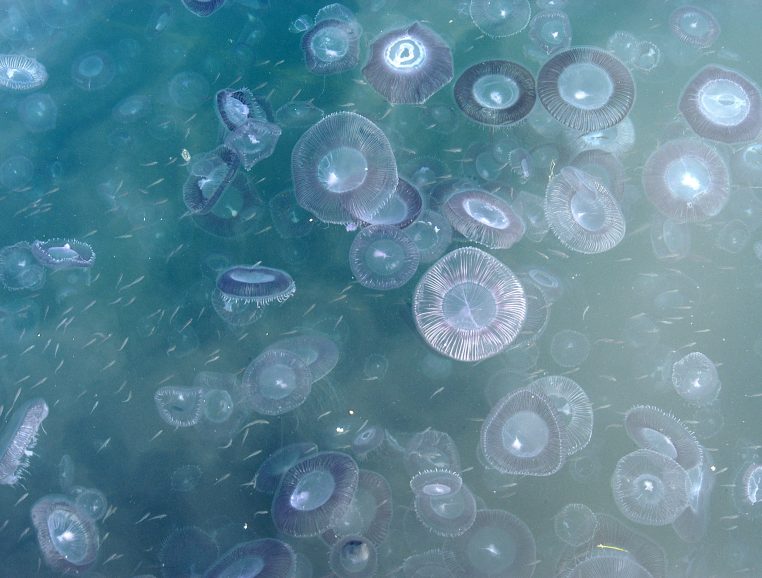
Are human activities the cause of this outbreak?
“Jellyfish are currently overtaking all other marine organisms and becoming dominant in the seas,” says Jacqueline Goy.
A growing proliferation which for several years has taken on the appearance of uncontrollable colonization.
Previously, there were pullulation cycles every twelve years,” explains Robert Calcagno. We even used to talk about ‘jellyfish years’. But since the 1980s, and especially since the 2000s, all years are jellyfish years. We could even say: there are no more years without jellyfish.
The main reason for this change is the impact of human activities on the oceans. First and foremost, overfishing. “By catching tons of fish (80 million are caught each year), trawlers eradicate a number of predators for jellyfish, such as tuna, turtles, sunfish … They also eliminate their competitors, small fish, anchovies or sardines that feed on the same zooplankton.”
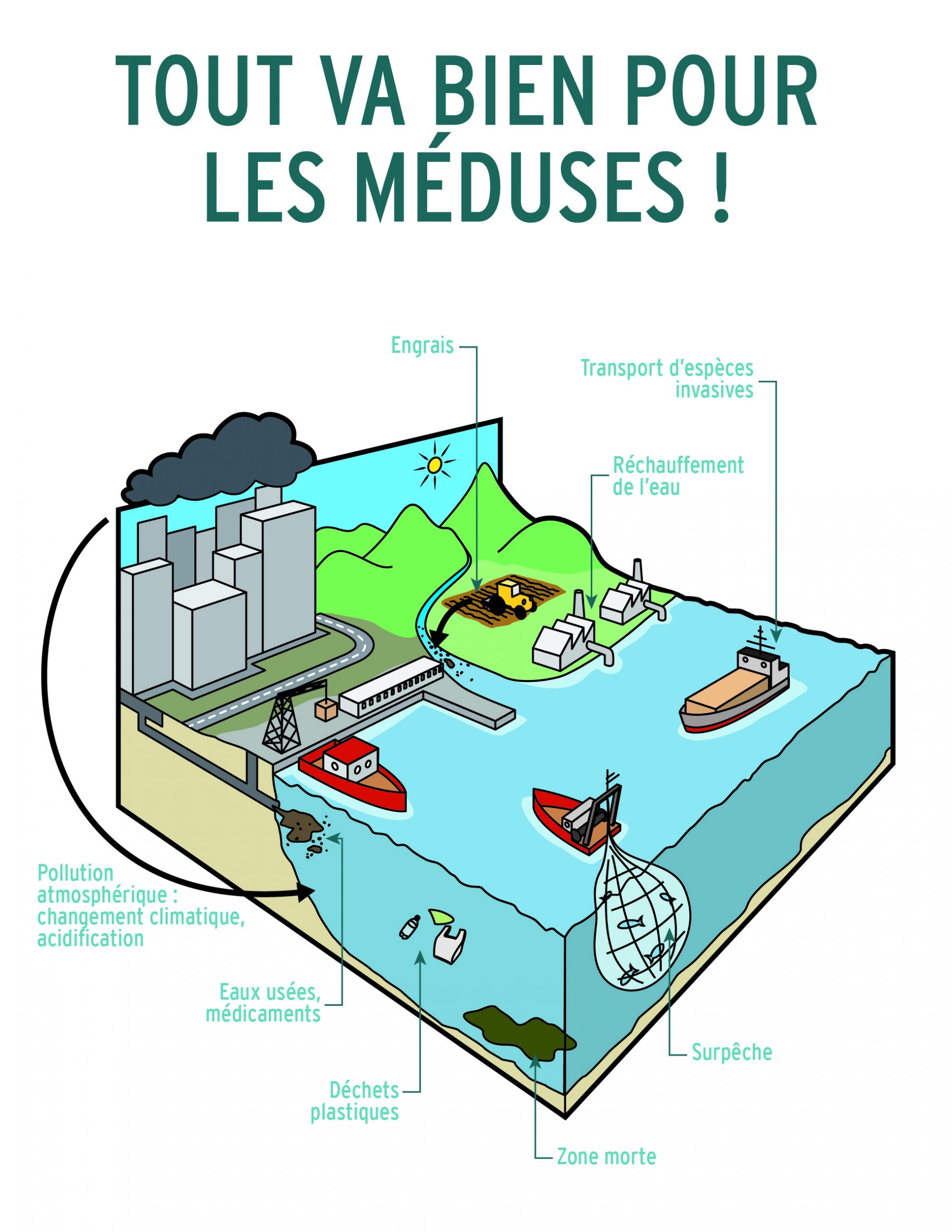
Irreversible damage to the oceans?
Jellyfish are ultimately formidable,” concludes Robert Calcagno. To understand this, you just have to look at the statistics and see that, each year, more than fifty people die as a result of jellyfish stings, compared to ten for shark attacks. But nobody talks about it that much.” And their impact is not limited to burns. Another victim of the jellyfish is the economy.
“The outbreaks have already put boats in trouble, as happened, says Robert Calcagno, to a Japanese trawler that capsized on a perfectly calm sea because of the weight of the jellyfish clusters caught in its net.
Aquaculture companies are also victims of these cnidarian clusters that come to feed on the fry and thus wipe out the farms. Namibia, once renowned for its quality fishing, has seen its fish stocks disappear due to overfishing for jellyfish. So what solutions are available to us?
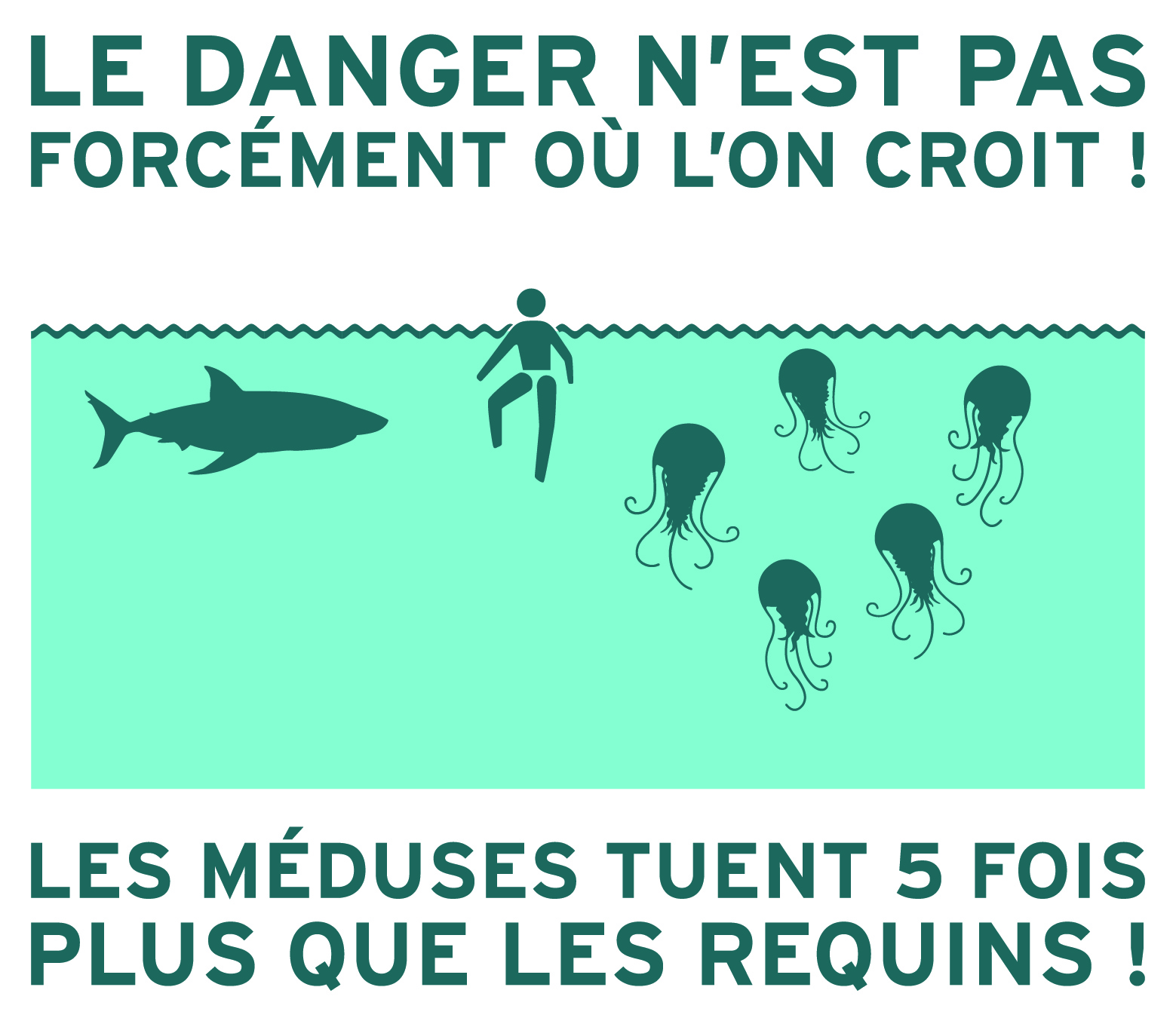
What can be done about the jellyfish invasion?
Several inventions have been created, even the most improbable ones, such as the “jellyfish destroying robot” which, once immersed in water, detects and crushes the animals with a propeller. “The remedy is however worse than the evil,” Jacqueline Goy is astonished, “since by cutting them in this way, the reproductive cells are released and multiply”.
Another solution that has been tested is a protective net for the beaches. However, its high cost makes it difficult to generalize on our coasts.
Prevention by modelling to alert the public of the advance of jellyfish, organised by the Oceanological Observatory of Villefranche-sur-Mer in the form of Météo-méduses, may just help to better protect oneself.
Last option: eat them. However, it should be noted that only a dozen species out of 1,000 are edible,” says Jacqueline Goy. The high water content of jellyfish does not make it a very nutritious food.
Once the jellyfish have settled in, it’s already too late,” says Robert Calcagno. We need to restore the balance of the oceans, like 50 years ago.” How? By controlling and promoting sustainable fishing, by developing clean maritime transport and purification stations, and by recycling the hot water rejected by nuclear power stations to heat greenhouses, for example.








